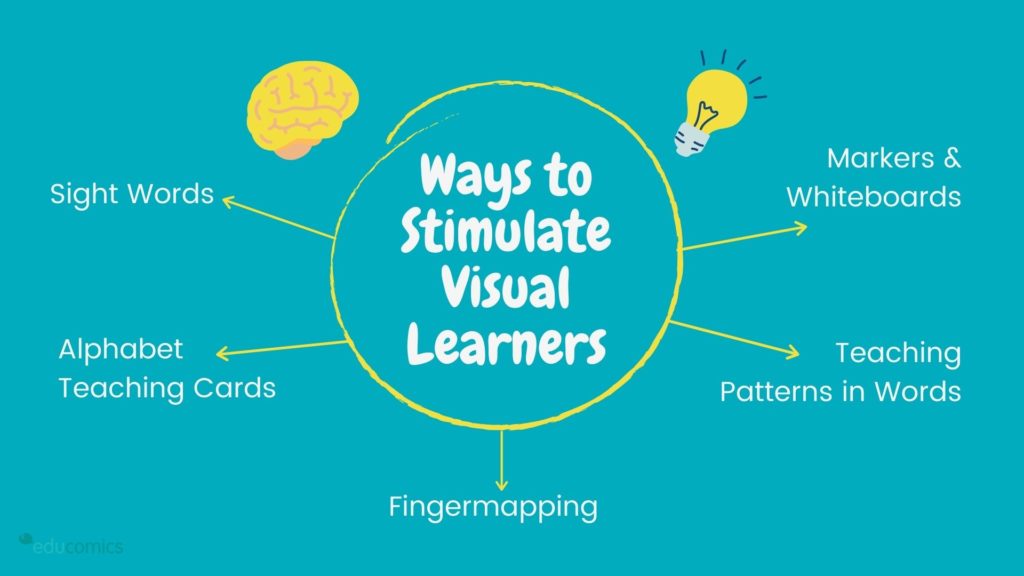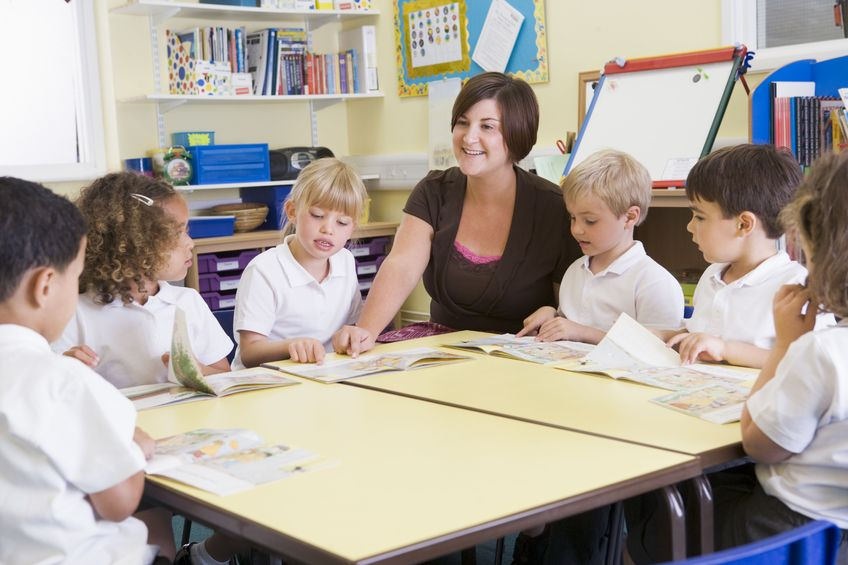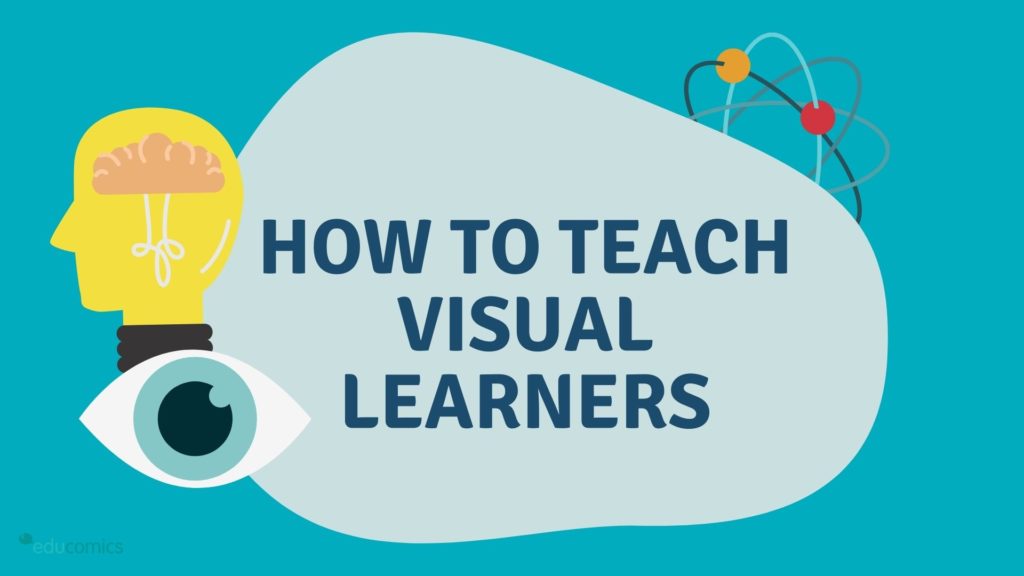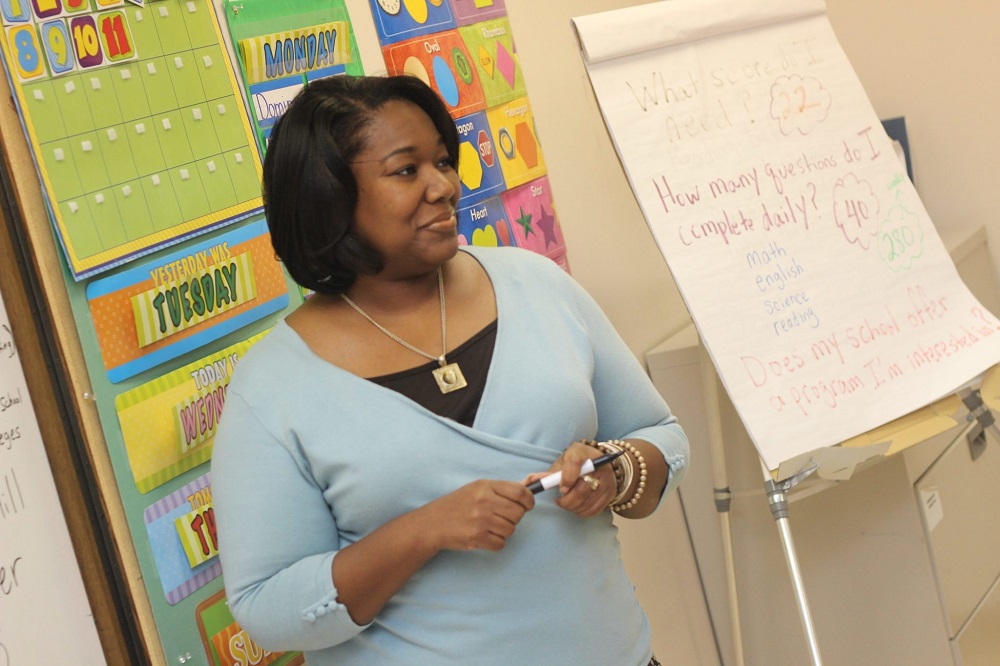In the modern world, we’re now well-aware that there are different types of learners and that their method of absorbing information differs quite vastly from each other. Despite this, most schools still follow the old, slightly outdated readings/lecture style of teaching, something that has been, time and again, proven to be ineffective in a class with students of differing learning styles.
Which isn’t to say that lectures are ineffective on their own, it’s just that most schools employ this strategy alone. However, it’s important to understand how each student processes data in order to create a teaching strategy that benefits all.
Different Types of Learners
- Visual: focuses on spatial understanding
- Aural: focuses on sounds, music
- Verbal: focuses on words, speech, and writing
- Physical: focuses on kinetic movement, textures
- Logical: focuses on logical reasoning
- Social: focuses on learning in groups
- Solitary: focuses on self-study
Each category has specific teaching strategies that go with it. For this article, we focus on the visual learner.

Why Visual Learners Struggle
In many schools, the primary way of teaching is still heavily dependent on completing readings and sitting through lectures. Again, this is not an ineffective or inefficient way to teach per se, but for visual learners, it is a struggle to get through a class that focuses entirely on learning via speech.
Visual learners are at their best when they’re given an illustration or visual stimuli from which their brains can start creating stories and narratives. For a visual learner, auditory cues and instructions aren’t processed as fast as with other learners. Lectures can be the bane of visual learners, as the lack of visual stimuli for them means that they’re not going to be interpreting data as much as if there were some kind of visual aid.
When it comes to learning styles, visual learners tend to process data step by step via an analytical process. This means that, theoretically, they can do very well with reading, as the language organization skills of visual learners are better than most.
Although reading does have a visual aspect to it, the repetitiveness of symbols (letters) and the forced memorization of their correct sequence can dishearten a visual learner. Learning in this way can hold back a student whose brain is wired differently, and craves creativity and more dynamic visual stimuli.
Different Ways to Stimulate Visual Learners

Visual learners in the classroom thrive when there are various types of visual stimuli integrated into the lesson. By integrating visuals with a student’s memorization of symbols, we can tap into their visual cortex and engage visual learners without alienating aural and verbal learners. Visuals with symbols (or, in layman’s terms, pictures with words) help visual learners retain information by creating a mental photo for them to remember. When choosing classroom activities, whether it’s for visual learners or other learning styles, try to incorporate as many stimuli as possible so that it reaches and engages as many students as possible. Other strategies can include:
Sight Words
As visual learners rely heavily on their eyes to receive and process data, sight words are one of the most effective activities for visual learners. Sight words are commonly used words that young children are usually taught to memorize as a whole by sight. Broken down into learning the alphabet, educators can use visuals to represent different letters (i.e., the word MOUNTAIN can be drawn as actual mountains in order to provide the student with a visual shape to remember) while still teaching them how each word is sounded out.
Sight words help visual learners and other types of learners because it incorporates multiple learning styles (i.e. visual, verbal, aural, physical, and logical) that ensure no one is left behind.
Alphabet Teaching Cards
Alphabet teaching cards are a great visual guide for educators to engage visual learners along with the rest of the class. Teaching cards like these have colorful pictures that can be used to tell stories. By telling a story using visual aids, speech, audio guides, and even kinetic movement (like dancing or role-playing), you engage visual learners to memorize words and whole sentences by creating a mental “movie” that they can replay in their heads. Using all 4 learning styles at the same time engages the student’s cerebellum more intensely, thereby maximizing their ability to retain the information you’re teaching them.
Again, this type of teaching tool allows students of different learning styles to pick up on the lesson because it engages different senses: visual learners are engaged because it’s visual stimuli, verbal learners learn through the audio guide, physical learners get a feel of the cards which help them remember the lesson, social learners are able to enjoy the lesson because of the interaction the cards have, and even self-learners are able to self-study the lesson if they’re allowed to take home the cards.
Fingermapping
Fingermapping involves using your fingers to represent individual sounds or letters in a word. This technique helps young students, particularly those in pre-school or kindergarten, learn how to correctly sequence specific sounds in a word that they are writing. For visual learners, this is a crucial element for them to literally see the sound of each letter and aiding them in correctly writing down that word. Think of it as giving a map to somebody who has a hard time following verbal instructions: it engages both their visual skills, their auditory skills, their need for speech, their kinetic intelligence, as well as engaging their logical processes.
As a classroom activity, visual learners are able to learn because it gives them a visual aid on how a word works, while physical and social learners are able to be engaged because of the interactive portion of fingermapping. Meanwhile, logical learners are able to learn because fingermapping requires a lot of logical processing.
Markers and Whiteboards
Particularly for young students, these tools can be very helpful in aiding them with their reading skills. Although there’s nothing wrong with the use of pencils and paper, it can be a little difficult for some children who are still developing fine motor skills. By using mini whiteboards and markers, you’re able to include all manner of learning styles: the tactile element of holding a whiteboard and a marker gives kinetic learners a great feel of words you’ll be spelling out, while visual and auditory learners are able to see and hear the words they’re writing down. Using oversized markers can also help students develop their fine motor skills. You can reduce the size of these markers over time while still incorporating a visual and kinetic aspect to your lessons.
When using markers and whiteboards for your lessons, make sure you’re able to incorporate visual aids, auditory directions, kinetic motion, logical requirements, social interaction, verbally reading out what they write, and allow them an opportunity to study what they’ve just learned in solitude.
Teaching Patterns in Words
The human brain is predisposed to seeing patterns; it’s our way of making sense of an otherwise chaotic world. For young students, learning the pattern of a particular language’s vocabulary and lexicon are important tools in becoming fluent. When teaching sounds or spelling, it is best to include more than one example of a particular word. In this way, you show students that language has a pattern, and once they see this pattern, it becomes a part of their cognitive process. For visual learners, this is a crucial element to their learning system, and will be invaluable for them in the future.
Again, language organization is one of the strengths of visual learners because it engages their logical process through visual stimuli, allowing them to ‘see’ how words are constructed and how each word logically follows or precedes another. This helps them map out complete patterns in their head.

Keep Your Teaching Style (and Your Teaching Tools) Flexible
In as much as students need to be flexible when learning, educators must also learn how to be flexible with their teaching. As much as possible, create a teaching style that incorporates various types of learning styles so as not to exclude anyone. If possible, remain flexible with how you teach, especially if you are teaching different grades.
As much as possible, use teaching tools that are holistic and meets the diverse needs of you students. In this way, teachers are able to teach students of different learning styles without having to prepare different materials every time. By using teaching tools that require different logical and physical processes from the child, teachers can ensure that every student benefits from the lesson.
Incorporating different teaching styles for different learning styles can be an exciting and fulfilling strategy, especially when you see students retaining information and actually enjoying their lessons.


